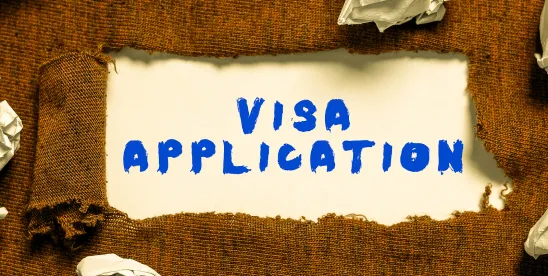A temporary final rule initiating a 12-month pilot program requiring visitor visa bonds is set to go into effect on August 20th. This rule, authorized under INA 8 USC 1201(g)(3), allows consular officers to require a “Maintenance of Status and Departure Bond” (the "visa bond") for those applying for nonimmigrant visas. Historically, State Department guidance, as detailed in the Foreign Affairs Manual (“FAM”), has discouraged the use of visa bonds, suggesting they should be rarely employed. The pilot program serves as an exception to the FAM guidance following a previous attempt in 2020, where a similar 6-month visa bond pilot program was proposed but not implemented due to the COVID-19 pandemic.
The rule specifically targets "Aliens applying for visas as temporary visitors for business/pleasure" (B-1/B-2) but excludes those already in possession of valid and unexpired B-1/B-2 visas, as well as participants in the ESTA/Visa Waiver Program. Its primary goal is to assess the feasibility of collecting bonds, collaborate with the Treasury and DHS, and ensure visitors depart on time. Additionally, it acts as a diplomatic tool to encourage foreign governments to minimize overstays by their citizens.
The applicable regulation under 22 CFR 41.11(b)(2) allows for the issuance of a visa upon the posting of a bond if there are doubts about an applicant’s ability to maintain status and depart as required. Overstay rates will be assessed based on the DHS FY2023 Overstay Report, excluding data from Canada, Mexico, and ESTA/Visa Waiver Program countries. “Rates” rather than the actual number of overstays will be used. For example, a country that had 2 of 4 visitors overstay has a 50% rate, but a country that has 1,500 overstays may have a much lower rate, but more individuals overstaying in the United States.
Bonds will be cancelled if the visitor timely departs the United States or files for an extension or change of status in a timely manner. The bond amounts are set at $5,000, $10,000, or $15,000. Consular officers have discretion to determine the bond amount based on the applicant’s circumstances, typically setting it at $10,000 unless there are reasons to adjust it. So, a family of 5 planning to vacation in the United States could be required to put up a bond of $75,000.
Applicants from covered countries will go through the usual visa application process. During interviews, consular officers will determine if an applicant falls within the pilot program's scope and inform them of the required bond amount. If a bond is required, the application will be denied under 221(g), but this can be overcome if the bond is posted within 30 days. The bond is posted through www.pay.gov, and if posted after 30 days, another interview may be required to reconfirm travel purposes.
Visas subject to bonds will be limited to a single entry within 3 months from the visa issuance date and will include an annotation about the bond. Entry will be restricted to pre-selected ports, with admission limited to 30 days by CBP officers. The approved airports thus far are Boston Logan International Airport (BOS), John F. Kennedy International Airport (JFK), and Washington Dulles International Airport. Those subject to visa bonds with final destinations in other US cities will have to make arrangement for connecting flights at additional expense.
Individuals with existing B-1/B-2 visas from visa bond countries should not be directly affected but should be prepared when applying for admission. Those applying for ESTA/Visa Waiver from a listed country might find their registration denied, necessitating a B-1/B-2 visa application and potential bond requirement. Those with existing ESTA registrations should verify their status on the day of travel, as cancellations may occur (even if not from a visa bond country). If cancelled, they will need to apply for B-1/B-2 visas.
The list of countries subject to visa bonds can be found here: Countries Subject to Visa Bonds. So far, the only two countries listed are Malawi and Zambia, but the list will likely grow.




 />i
/>i
